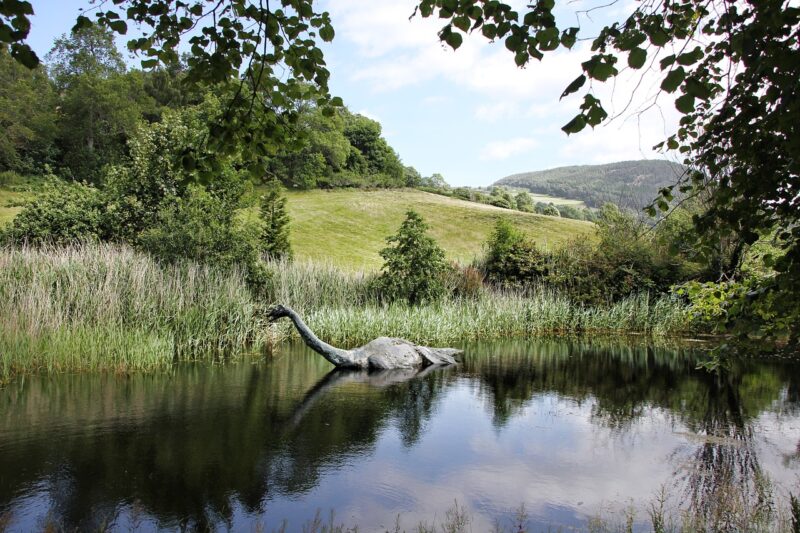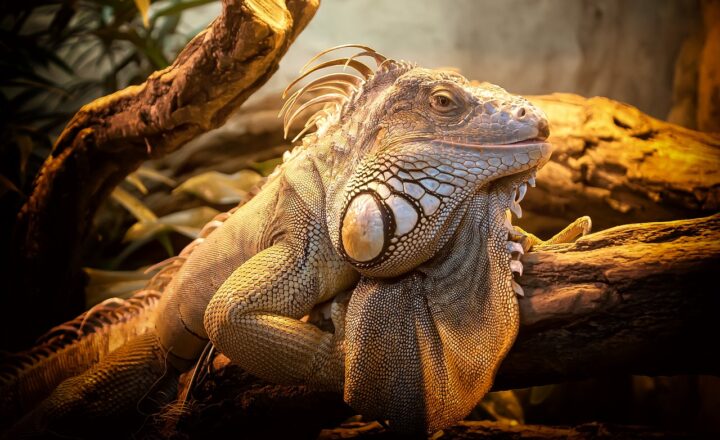The Many Theories Behind the Loch Ness Monster: Real Creature or Fabricated Myth?
November 15, 2024

The Loch Ness Monster, affectionately known as Nessie, is one of the world’s most famous cryptids and has captivated the imaginations of curious minds for generations. The legend of this enigmatic creature dates back centuries, fueling countless theories and sparking debates about its existence. This article dives into the various theories surrounding the Loch Ness Monster, examining the evidence supporting and contradicting each perspective.
1. The Historical Context of Loch Ness Monster Sightings
The story of the Loch Ness Monster starts long before the invention of photography or modern science. The first recorded sighting of a creature resembling Nessie occurred in the sixth century, linked to the Irish monk St. Columba. According to accounts, Columba encountered a beast in the waters of Loch Ness and reportedly commanded it to go back to the depths, resulting in a dramatic retreat of the creature. This early legend set the foundation for the myths that would emerge in the centuries to come.
The 1930s marked a significant turning point in the Nessie saga, with the emergence of photographs claiming to have captured the creature. Two notable images emerged during this period — the famous “Surgeon’s Photograph” taken in 1934 and the “Flipper Photo” from 1956. These images fueled public interest and laid the groundwork for repeated investigations into the Loch Ness phenomenon.
2. Theories Proposing the Existence of the Loch Ness Monster
Numerous theories have been proposed over the years to explain the existence of the Loch Ness Monster. Here are some of the most prominent theories that support the idea of Nessie as a real creature:
2.1. A Surviving Plesiosaur
One of the most popular theories posits that the Loch Ness Monster is a descendant of the plesiosaur, a prehistoric marine reptile thought to have gone extinct around 65 million years ago. Proponents of this theory argue that if the Loch could maintain its own ecosystem, a small population of these ancient creatures could still exist in the depths. Advocates point to the creature’s long neck and humped back as characteristics reminiscent of the plesiosaur’s anatomy.
2.2. Large Eels or Sturgeons
Another theory suggests that sightings of Nessie might actually be attributed to large specimens of eels or sturgeons inhabiting the loch. Both species can grow to impressive lengths and could easily appear monstrous under certain conditions. Many witnesses have described Nessie as having a long, serpentine body, which aligns with the physical features of large eels or sturgeons.
2.3. Unmapped Underwater Caves
Some researchers posit that the depths of Loch Ness may house unseen underwater caves or passages. According to this theory, it’s feasible that a creature could evade detection by navigating these caves while still surfacing occasionally, contributing to sporadic sightings. Adventurer and biologist Neil Gemmell conducted a scientific expedition in 2018, primarily studying environmental DNA, and suggested other undiscovered species might lurk in the depths.
3. The Skeptics: Arguments Against the Loch Ness Monster
While many enthusiasts advocate for the Loch Ness Monster’s existence, skeptics counter with various arguments suggesting that Nessie is merely a myth or a misinterpretation of natural phenomena.
3.1. Hoaxes and Misidentifications
Historically, many supposed sightings of Nessie have been revealed to be hoaxes or misidentifications of familiar animals or objects. Some of the most famous images, like the “Surgeon’s Photograph,” have been criticized as a staged event, sparking debate over the credibility of Nessie’s existence. Skeptics argue that many accounts of sightings could have resulted from optical illusions or misidentified objects, such as floating logs or waves.
3.2. Lack of Solid Evidence
Over the decades, the scientific community has conducted numerous investigations into the Loch Ness phenomenon, but the absence of concrete evidence supporting the existence of a creature has been a significant setback for proponents. Extensive sonar surveys and explorations of the loch’s depths have yet to yield definitive proof of a large unknown creature residing in the waters.
Many scientists argue that if a creature as large as the Loch Ness Monster existed, the ecological impact and its elusiveness over the decades remain inexplicable, raising serious questions about its existence.
4. Pop Culture and Its Influence on the Loch Ness Monster
The legend of the Loch Ness Monster transcends mere sightings and investigations. The impact of popular culture cannot be overlooked; movies, documentaries, and books have perpetuated the fascination surrounding Nessie.
Films like “The Water Horse” and “Harry Potter and the Goblet of Fire” have brought Nessie into the limelight for new generations, creating additional intrigue around the myth. Furthermore, numerous documentaries explore various theories and confront the sightings’ legitimacy and significance within society. Thus, the Loch Ness Monster serves as a captivating myth that continues to thrive in societal memory.
5. Conclusion: Real Creature or Fabricated Myth?
The Loch Ness Monster encapsulates a blend of myth, history, scientific inquiry, and cultural phenomenon. Whether one subscribes to the belief that Nessie is a living creature or views it as an amusing fabrication, the allure of the Loch Ness Monster endures.
The debates surrounding its existence spark curiosity and challenge perceptions of what might lie beneath the surface of Loch Ness. The legend serves as a reminder of humanity’s fascination with the unknown, inspiring many to explore the depths of our world and igniting imaginations for centuries to come.
Ultimately, the Loch Ness Monster remains an enigma that oscillates between reality and fiction, leaving room for all to ponder the age-old question: Is Nessie a real creature or just a fabrication of myth?







